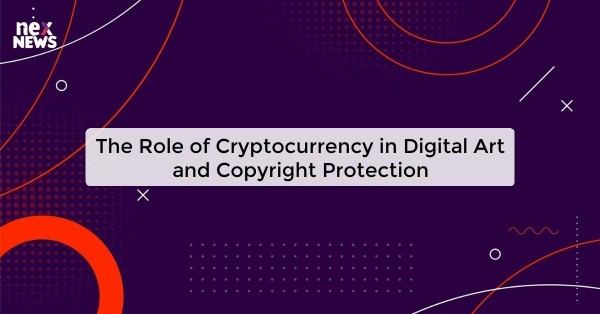The Evolution of Digital Art
Digital art has come a long way since its inception, with artists leveraging technological advancements to explore new creative possibilities. From early pixelated graphics to sophisticated 3D animations, the evolution of digital art has been marked by a continuous push towards innovation and experimentation. Artists now have access to a myriad of tools and software that enable them to express their vision in ways that were once unimaginable.
The democratization of digital art has allowed artists from around the world to share their work instantly with a global audience. Social media platforms and online galleries have made it easier for artists to connect with fans and fellow creators, fostering a sense of community and collaboration in the digital art space. As technology continues to evolve, it will be fascinating to see how digital art adapts and transforms in response to new tools and trends.
The Challenges of Copyright Protection in the Digital Age
Copyright protection in the digital age presents a myriad of challenges for artists and creators. The digital landscape has made it easier for individuals to share, replicate, and manipulate creative works without the proper authorization. This ease of access has led to an increase in copyright infringement cases, as it becomes more difficult to monitor and control the distribution of digital art.
One of the main obstacles faced in ensuring copyright protection in the digital age is the lack of standardized regulations across different jurisdictions. With the internet transcending geographical boundaries, it can be a complex and time-consuming process to navigate the legal frameworks of various countries. This inconsistency in copyright laws makes it challenging for artists and creators to enforce their rights and protect their intellectual property from unauthorized use.
The Rise of Blockchain Technology in the Art Industry
Blockchain technology has been making waves in the art industry, providing a decentralized and secure platform for artists and art collectors. By utilizing blockchain, artists are able to create digital certificates of authenticity for their works, ensuring provenance and protecting against counterfeit art. This technology allows for a transparent and immutable record of ownership, revolutionizing how art is bought, sold, and authenticated in the digital age.
Moreover, blockchain also enables fractional ownership of artworks, allowing multiple investors to own a share of a piece. This democratization of art ownership provides more opportunities for artists to gain exposure and funding for their work, while also offering art enthusiasts the chance to invest in the art market. As blockchain continues to gain traction in the art industry, it is reshaping the way art is created, shared, and valued, ushering in a new era of transparency and accessibility.
How Cryptocurrency is Revolutionizing Digital Art Transactions
With the increasing prevalence of digital art, the need for secure and efficient transactions has never been more crucial. Cryptocurrency has emerged as a revolutionary solution to the challenges artists face when selling their digital creations. By utilizing blockchain technology, cryptocurrency transactions offer artists a decentralized and immutable way to conduct sales, eliminating the need for intermediaries and ensuring direct peer-to-peer transactions.
Moreover, the use of cryptocurrency provides artists with a level of anonymity and privacy that traditional payment methods cannot guarantee. This anonymity allows artists to protect their identity and maintain ownership of their work without compromising their personal information. Additionally, the transparency and security of blockchain technology provide artists and buyers with a verifiable record of ownership, ensuring the authenticity and provenance of digital art pieces.
The Benefits of Using Cryptocurrency for Copyright Protection
Cryptocurrency is increasingly being recognized as a valuable tool for protecting the rights of artists and creators in the digital sphere. By utilizing blockchain technology, artists can establish irrefutable proof of ownership and track the distribution of their work without the need for intermediaries. This decentralized system ensures transparent and secure transactions, reducing the risk of copyright infringement and unauthorized use of intellectual property.
Furthermore, the use of cryptocurrency for copyright protection grants artists greater autonomy over their creations. With smart contracts embedded within blockchain transactions, artists can dictate the terms of use for their work, ensuring that their rights are respected and upheld. This shift towards self-regulation empowers creators to actively manage and monetize their intellectual property in a seamless and efficient manner, all while safeguarding against unauthorized exploitation.
